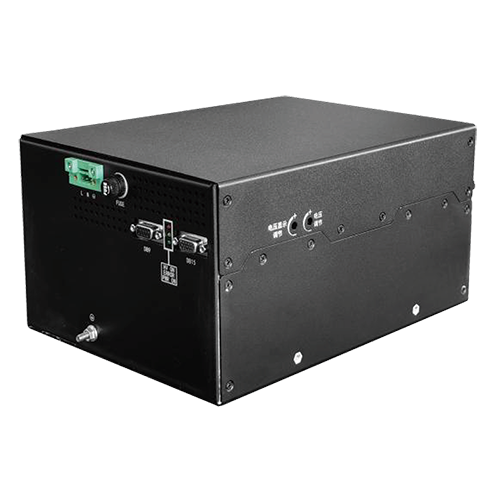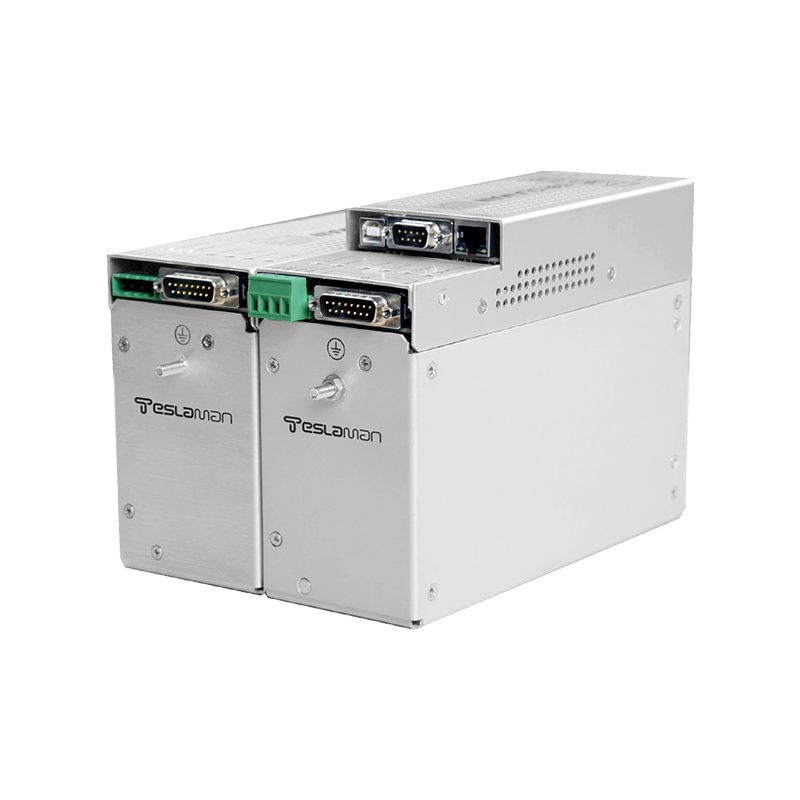Application and Maintenance of High-Voltage Power Supplies in Lasers
In the field of modern laser technology, high-voltage power supplies serve as a core component of lasers, and their performance directly determines the stability of laser output, peak power, and beam quality. Different types of lasers have unique technical requirements for high-voltage power supplies, and reasonable maintenance strategies are also crucial for ensuring the long-term reliable operation of the equipment. This article starts from the working principle of lasers and deeply explores the application technologies and maintenance key points of high-voltage power supplies.
1. Application Technologies of High-Voltage Power Supplies in Lasers
1. High-Voltage Power Supplies in Gas Lasers
Gas lasers (such as carbon dioxide lasers and excimer lasers) rely on high-voltage power supplies to excite the gas medium to generate stimulated radiation. Take carbon dioxide lasers as an example; tens of thousands of volts of high voltage need to be applied across the discharge tube to form a strong electric field that ionizes gas molecules, thereby achieving population inversion. At this time, the high-voltage power supply needs to have high voltage stability (ripple < 0.1%) and fast response characteristics to meet the high-frequency modulation requirements of laser pulses. To reduce the impact of electromagnetic interference on laser output, power supplies often adopt fully shielded designs and multi-stage filter circuits to ensure the output of pure high-voltage signals.
2. High-Voltage Power Supplies in Solid-State Lasers
Solid-state lasers (such as Nd:YAG lasers) usually use a pumping method for excitation, and high-voltage power supplies mainly supply power to pumping lamps or semiconductor pumping modules. For Nd:YAG lasers pumped by xenon lamps, the high-voltage power supply needs to generate high-voltage pulses with a single-pulse energy of dozens of joules, and the pulse rise time is required to be less than 1μs to achieve efficient energy injection. To meet the requirements of repetitive frequency operation, the power supply needs to have fast charging and discharging capabilities. At the same time, the pulse waveform is optimized through intelligent control algorithms to improve the stability of laser output and beam quality.
3. High-Voltage Power Supplies in Fiber Lasers
In fiber lasers, high-voltage power supplies are mainly used to drive electro-optic modulators in seed sources and amplifiers. Such power supplies need to provide high-precision DC bias voltage (accuracy ±1V) and rapidly changing modulation voltage (rise time < 10ns) to achieve laser intensity modulation and pulse shaping. Since fiber lasers are sensitive to temperature, high-voltage power supplies also need to integrate an efficient temperature control system to ensure that the power supply module operates in a stable temperature environment and reduce the impact of temperature drift on laser performance.
2. Maintenance Strategies for High-Voltage Power Supplies
1. Regular Performance Detection
Regularly detect key parameters of high-voltage power supplies, such as output voltage, ripple, and response time. Use high-precision oscilloscopes and voltmeters to measure output signals to ensure they meet the operating requirements of the laser. Through comparative analysis of historical data, promptly detect subtle changes in power supply performance and take maintenance measures in advance.
2. Insulation and Heat Dissipation Maintenance
The insulation performance of high-voltage power supplies is directly related to equipment safety and operational stability. Regularly check whether the insulating materials are aging or damaged, and use an insulation resistance tester to detect the insulation resistance value to ensure it is not lower than the specified standard. At the same time, keep the power supply's heat dissipation channels unobstructed, and regularly clean the dust on the cooling fans and heat sinks to prevent damage to the power supply due to overheating caused by poor heat dissipation.
3. Preventive Maintenance
Based on the operating hours and environment of high-voltage power supplies, formulate preventive maintenance plans. Regularly replace vulnerable components, such as filter capacitors and high-voltage contactors; conduct aging tests on power devices and promptly replace devices with degraded performance. In addition, it is also necessary to upgrade the software of the control circuit to fix potential program vulnerabilities and improve the reliability and functionality of the power supply.
As laser technology develops towards high power, high frequency, and high precision, the performance of high-voltage power supplies also needs to be continuously improved. In the future, high-voltage power supplies will evolve towards integration and intelligence. By introducing digital control technology and condition monitoring systems, more precise power supply control and more efficient maintenance management can be achieved, providing a solid guarantee for the stable operation of lasers.




















